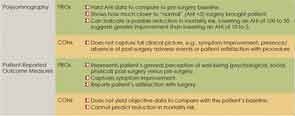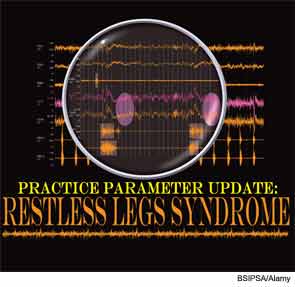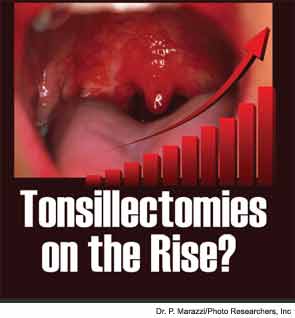While there is no evidence that nasal surgery alone will improve objective measures of OSA, patients experience subjectively better sleep and quality of life following corrective nasal surgery


While there is no evidence that nasal surgery alone will improve objective measures of OSA, patients experience subjectively better sleep and quality of life following corrective nasal surgery

Overnight monitoring is advised for patients with higher preoperative apneic indices, and/or cardiovascular comorbidities, and those undergoing tongue base surgery who may be at higher risk for respiratory complications
American Academy of Sleep Medicine develops new scoring rule for hypopneas.

Symptom and quality of life measures such as patient-recorded outcomes may be better ways to gauge the success of OSA surgery than the reduction of a patient’s apnea-hypopnea index (AHI), say otolaryngologists
New Current Procedural Terminology codes, including codes for reporting pediatric sleep studies and intraoperative neurophysiology monitoring, are now available.


The role of hyoid procedures in the surgical management of SDB remains uncertain, as several reports have emerged questioning their potential benefit.

Before determining the need for tonsillectomy, it is highly beneficial to refer children with sleep-disordered breathing for polysomnography (PSG)

Polysomnography (PSG) has been recommended by the American Academy of Pediatrics as the gold standard for the diagnosis of obstructive sleep apnea (OSA) versus mild sleep disordered breathing (SDB) prior to tonsillectomy and adenoidectomy (T+A) in children. Mild SDB includes primary snoring and upper airway resistance syndrome. Controversy exists regarding the accuracy of history and physical exam (H+P) alone in children for the diagnosis of OSA versus mild SDB prior to T+A. Thus, PSG has been recommended to confirm the diagnosis